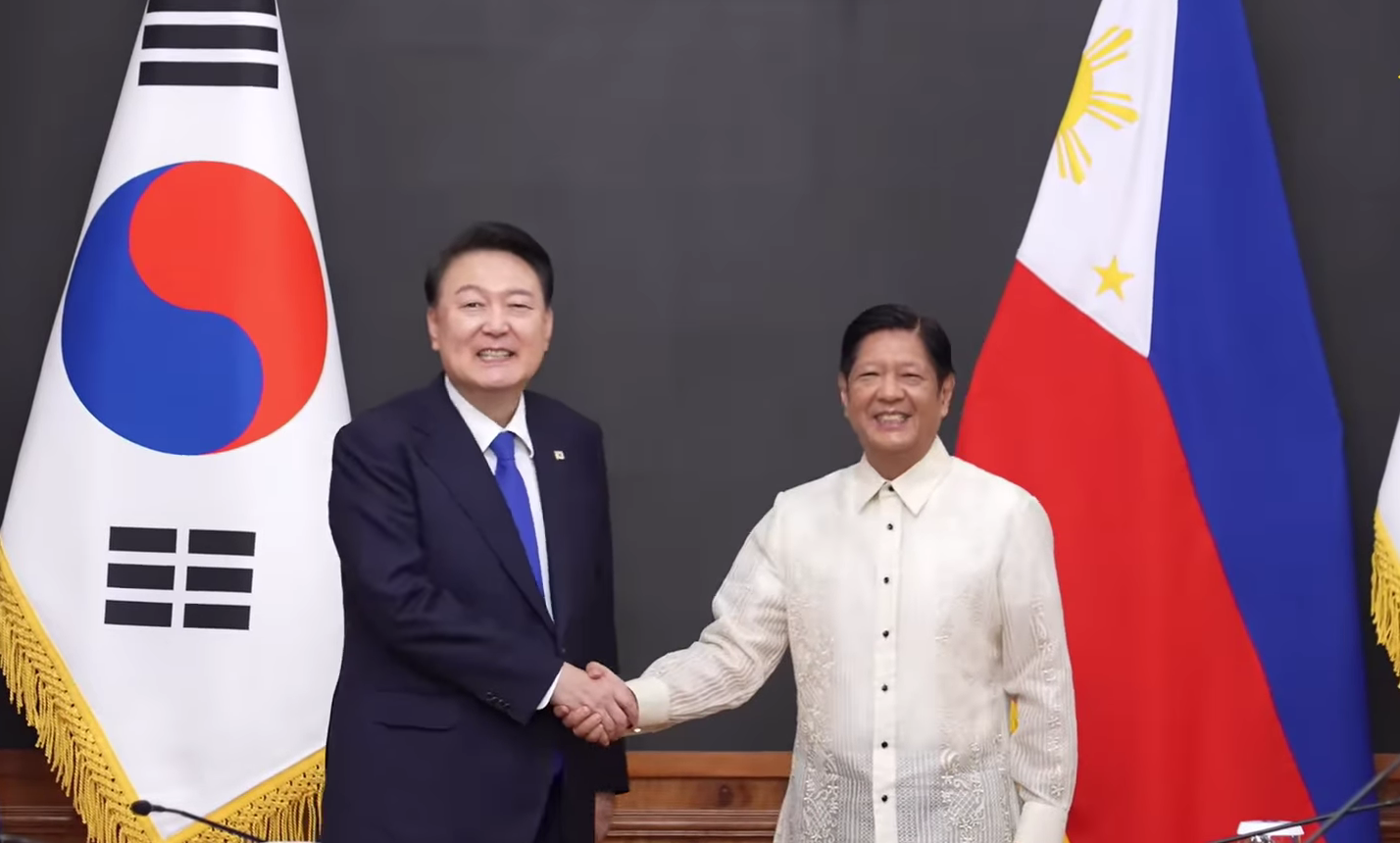Philippines, South Korea Sign MOU on Nuclear Energy Cooperation
- October 7, 2024
- 0

The Philippines, through the Department of Energy (DOE), and Korea Hydro & Nuclear Power Co., Ltd. (KHNP) have signed a Memorandum of Understanding (MOU) on the potential collaboration on nuclear energy projects, including a feasibility study on the possible rehabilitation of the Bataan Nuclear Power Plant (BNPP).
“The signing of this MOU builds on the strong foundation of energy cooperation between the two countries. For the Philippines, it is a continuation of our efforts to enhance energy security, as outlined in the Philippine Energy Plan (PEP),” said Energy Secretary Raphael P.M. Lotilla.
Korea has extensive knowledge of the BNPP, having conducted studies on it in 2008 and 2017 through a consortium of Korean companies, including KHNP, KEPCO KPS, and Doosan Heavy Industries and Construction.
The new MOU will allow Korea to assist the DOE in conducting a comprehensive technical and economic feasibility study on the potential rehabilitation of the BNPP. This study will also explore other nuclear technologies and potential alternative sites for nuclear energy development in the Philippines.
The feasibility study, which will begin in January 2025, will be conducted in two phases. The first phase will assess the current condition of the BNPP, while the second phase will determine whether it can be refurbished using the most optimal model. Should the first phase suggest that refurbishment is not advisable, KHNP may propose alternative options, such as building a conventional plant or developing small modular reactors.
The Philippines is not legally obligated to proceed with the BNPP rehabilitation or engage KHNP following the study’s results, and the costs of the feasibility study will be fully borne by KHNP.
This initiative aligns with the Philippines’ goal of integrating nuclear power into its energy mix, a commitment outlined in Executive Order No. 164, s. 2022. The government plans to have its first nuclear power plants operational by 2032, aiming to generate 1,200 MW, with expansion targets of 2,400 MW by 2035 and 4,800 MW by 2050, as detailed in the PEP. These efforts are part of a broader strategy to diversify the country’s energy mix, enhance energy security, and foster economic growth.
The Nuclear Energy Program – Inter-Agency Committee (NEP-IAC), led by the DOE, is overseeing the integration of nuclear power into the country’s energy mix. The NEP-IAC has established six sub-committees to address infrastructure issues identified by the International Atomic Energy Agency (IAEA).
DOE Undersecretary Sharon Garin recently unveiled the Philippines’ Nuclear Energy Roadmap at the 68th IAEA General Conference, reaffirming the country’s commitment to establishing an independent nuclear regulatory body. This body will ensure that nuclear power development is safe, secure, and aligned with public health, environmental, and national security priorities.